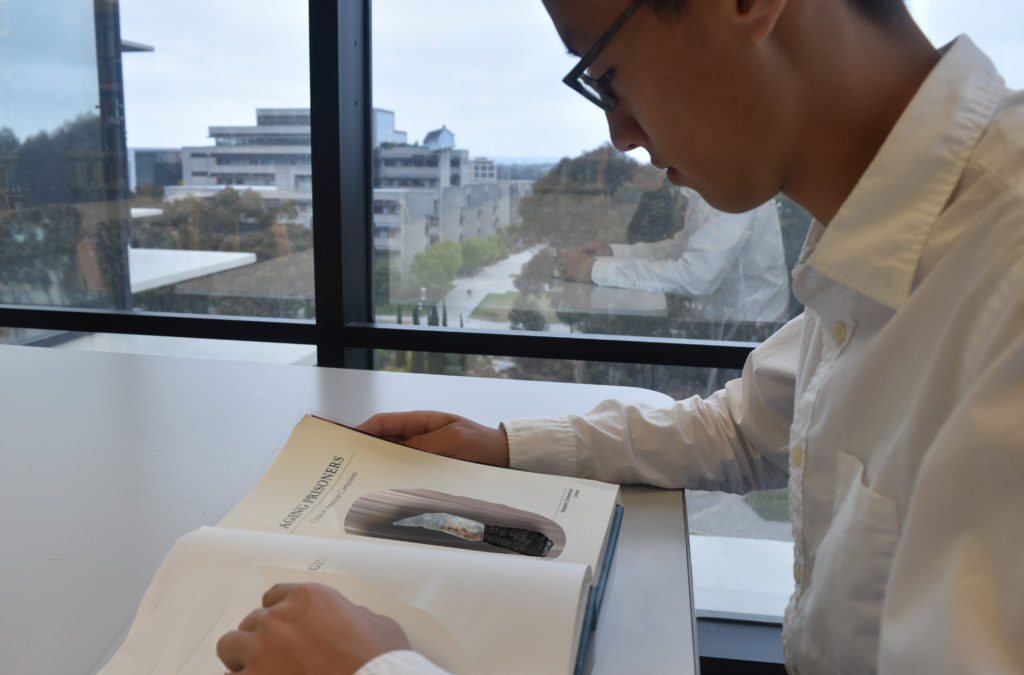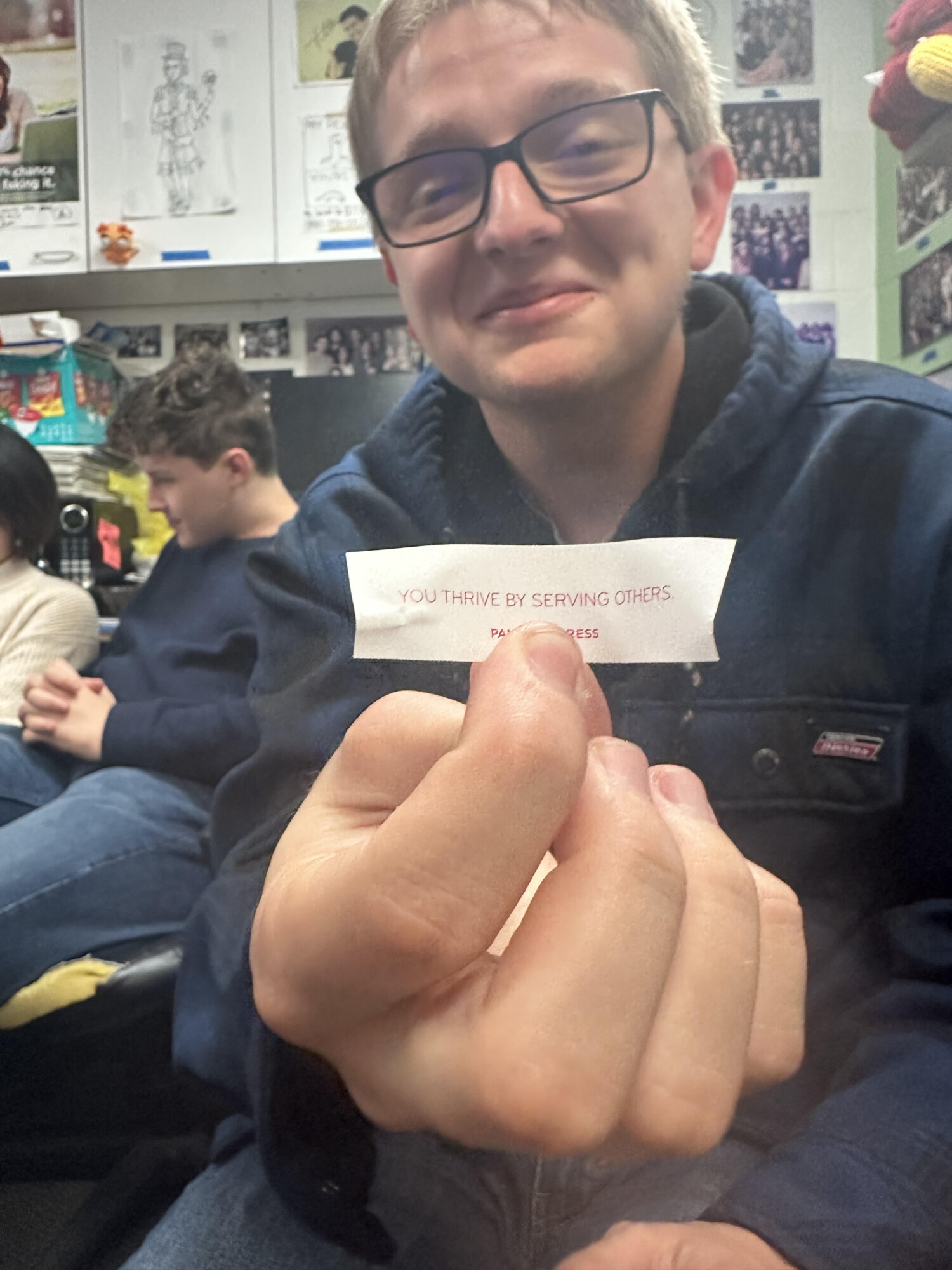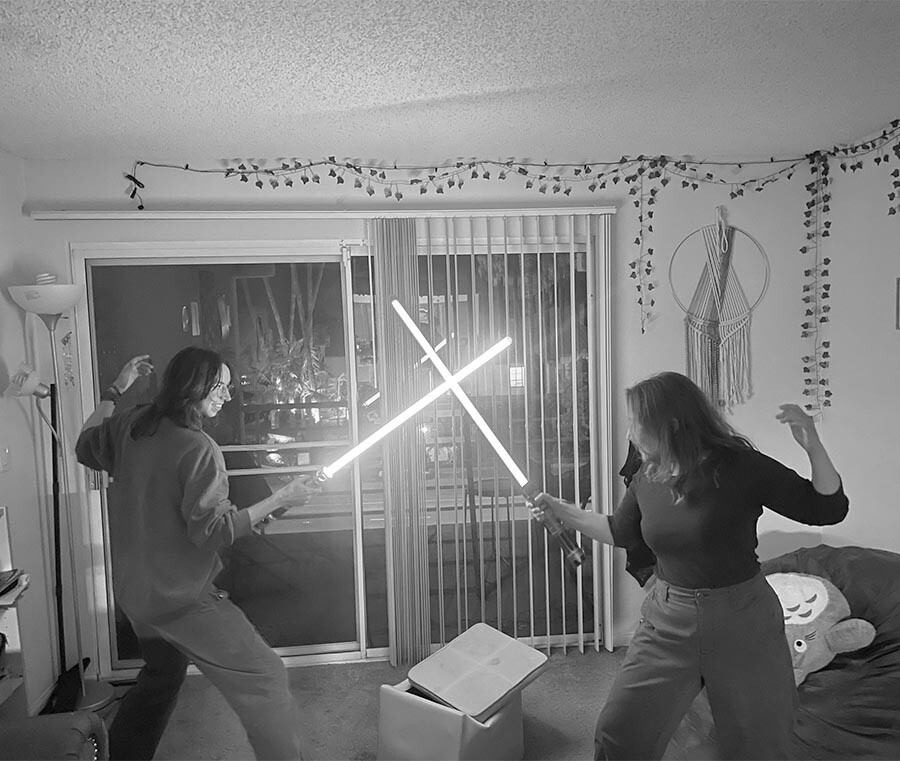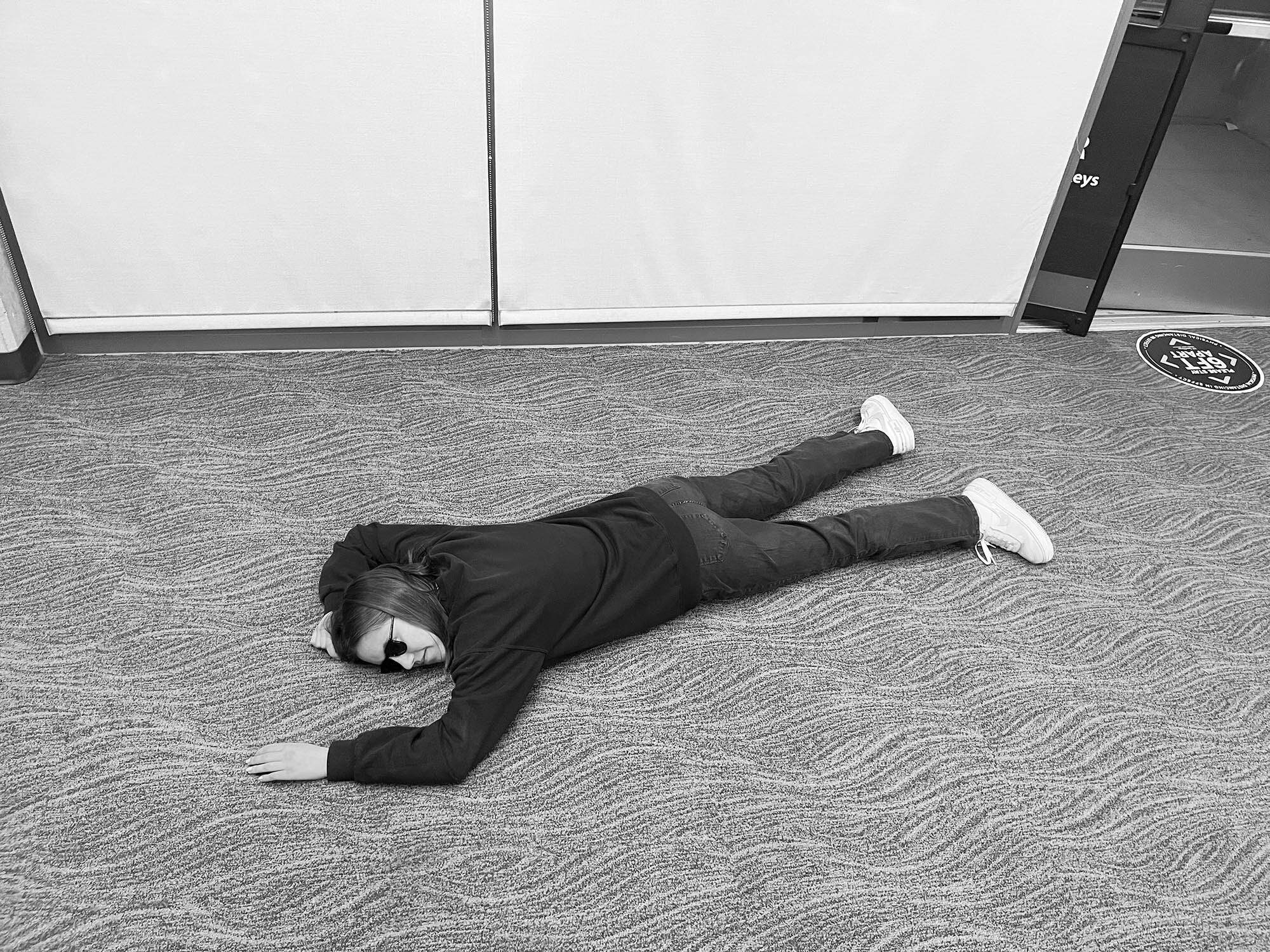
Photo by: Katherine Wood
As a new experimental part of Norway’s systematic prison reform, an inquiry into modeling future prisons after many California universities has been initiated. This reform is a result of Norway’s push to “once again set out to do things in the absolute most European way possible.”
The aim of the investigation is to eliminate walls around Norwegian prisons, resulting in savings in constructions costs that can be funneled into the Norwegian Healthcare system. Despite allegations of attempts to conceal past instances of embezzlement, the inquiry is expected to continue as planned.
The basis of such a dramatic change to prison design was inspired by students studying at impacted Universities who repeatedly spend more time there than originally planned. Speculations suggest that a psychological factor is the key to removing the walls of the prisons, while still keeping the prisoners inside. Sources within the inquiry team revealed that a complex system of arbitrary numbers and requirements are presented to students. The Universities managed to convince students that leaving before completing all their “units,” finishing all requirements, and following through with all the general education classes would somehow lead to the ultimate failure of said student.
The next step for researchers is to create a similar system in which a set of semi-complex yet surprisingly difficult series of tasks is presented to prisoners in order to make them come to the understanding that these tasks must be completed to obtain their freedom. In the case of California universities students obtain a “degree,” or a single piece of paper with their names on it as a reward to work towards. Not willing to pay for the printing of such a large quantity of these papers, researchers have suggested using a prisoner’s freedom as an alternative reward, and hope it will be sufficient motivation.
Norwegian researchers have begun testing methods of so-called “thought induction”. These methods include persuasion and coercion such as gold stars for a job well done, or reduced time in the rec yard for inadequate performance. They are currently being tested in small groups of young adult prisoners with short term sentences. With promising signs of small-scale success, Norwegian Prison officials have decided to follow through with new testing of prison design. Proposed designs include placing prisons in the hearts of cities with no walls or barriers that would keep inmates from leaving. Other design aspects include non-locking prison cells which would allow prisoners to leave their cells as they please.
With the wall less aspect of the prison design approved for Norway’s next prison, Norwegian prison planners are investigating how terrain and layout of public universities affects the ways in which student populations move or, rather, do not move. Recent investigation into university terrain shows that obscenely steep and hilly campuses severely discourage movement from on-campus to off-campus. This led researchers to believe that exhaustion and fatigue associated with fulfilling requirements leaves minimal energy to leave campus.
The hope for researchers is that prisoners feel the same mental fatigue and stress as university students. This new alternative form of punishment is in direct response to the concerns of Norwegian citizens that the Norwegian prison system has “gone soft”. It is an embodiment of the break-them-down and build-them-back-up mentality so that they may perform as model citizens. Currently researchers have no data to suggest a way to “build [the prisoners] back up”. This is where adapting California university structure to prison systems becomes challenging, as students tend to not get built back up prior to graduation.
Written by: Nicholas Martin











